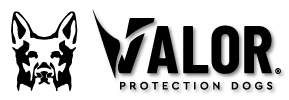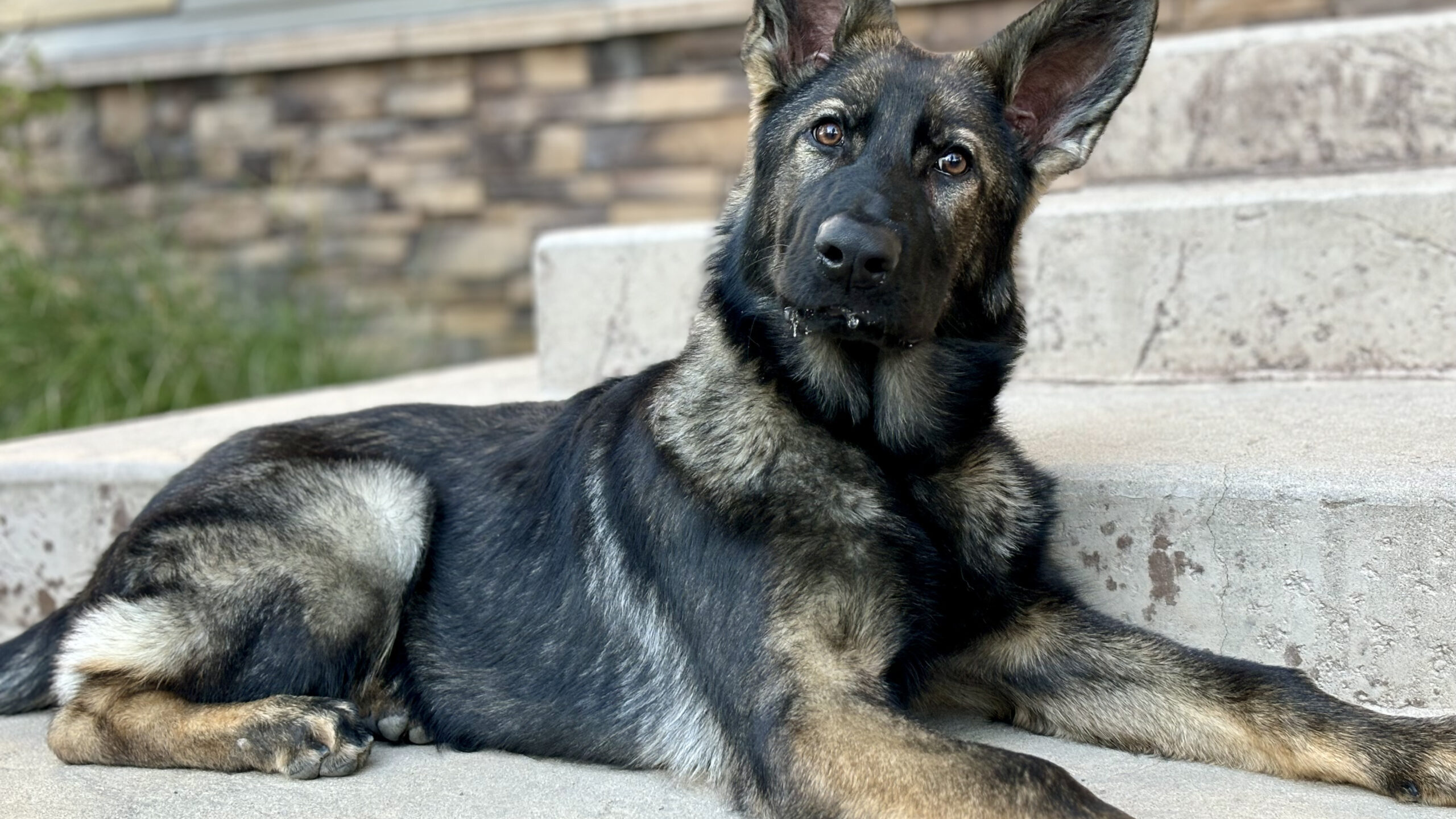If you’re considering investing in a personal or family protector, understanding dog drives for protection dogs is essential. Drives are the internal motivations that influence how a dog behaves in training, in the home, and under real-world pressure. At Valor Protection Dogs, we assess, develop, and balance these drives to build reliable, confident protectors.
Here’s a breakdown of the six core drives we evaluate: prey, play, food, defense, pack, and hunt—and why each matters in selecting and training elite protection dogs.
1. Prey Drive: The Flashy One
Prey drive is the instinct to chase, capture, and bite moving objects. It’s easy to identify—think of dogs chasing balls or tugging at toys. Many trainers over-rely on prey drive because it’s easy to build and looks exciting in videos.
![]() In protection:
In protection:
- Pros: Develops clean targeting, strong engagement, and fast entries.
- Cons: Lacks true aggression or intent; dog may bite for fun, not out of protection.
![]() Our approach: Prey drive is useful, but dog drives for protection dogs require more depth. We don’t stop at flashy—our dogs have real purpose behind the bite.
Our approach: Prey drive is useful, but dog drives for protection dogs require more depth. We don’t stop at flashy—our dogs have real purpose behind the bite.
2. Play Drive: The Joyful Worker
Play drive is the desire to interact socially and physically through games. It builds enthusiasm and helps with obedience and handler engagement.
![]() In protection:
In protection:
- Pros: Builds a great relationship between dog and handler.
- Cons: Can be mistaken for serious engagement; not useful in high-threat situations.
![]() At Valor: We harness play drive to strengthen bonds, not to mask weak nerves.
At Valor: We harness play drive to strengthen bonds, not to mask weak nerves.
3. Food Drive: Obedience Ally, Not a Protector’s Power
Food drive motivates dogs to work for treats or meals. It’s great for teaching obedience and shaping behaviors—but has no place in a real threat scenario.
![]() In protection:
In protection:
- Pros: Enhances learning, patience, and control.
- Cons: Under threat, food is forgotten.
![]() Our dogs: Have strong food drive for training—but dog drives for protection dogs must go beyond food motivation.
Our dogs: Have strong food drive for training—but dog drives for protection dogs must go beyond food motivation.
4. Defense Drive: The Protector’s Core
Defense drive is the dog’s instinct to respond to perceived threats. It’s what makes a dog stand its ground and protect its pack, even under stress.
![]() In protection:
In protection:
- Pros: Produces true aggression when needed.
- Cons: Must be balanced—overly defensive dogs may become unstable or fearful.
![]() At Valor: This is where we shine. We raise and train dogs with natural, controlled defense drive—so your protector won’t just bark at shadows, but will respond when it counts.
At Valor: This is where we shine. We raise and train dogs with natural, controlled defense drive—so your protector won’t just bark at shadows, but will respond when it counts.
5. Pack Drive: Loyalty That Lasts
Pack drive is the dog’s desire to stay close, follow, and bond with its people. Without it, a dog may act independently and ignore commands—even in critical moments.
![]() In protection:
In protection:
- Pros: Increases reliability, recall, and obedience.
- Cons: Low pack drive = low handler trust.
![]() Our dogs: Are chosen for high pack drive because dog drives for protection dogs must include loyalty and connection.
Our dogs: Are chosen for high pack drive because dog drives for protection dogs must include loyalty and connection.
6. Hunt Drive: Seek and Commit
Hunt drive is the desire to search for and locate a target. Whether it’s finding a hidden threat or detecting scent, hunt drive adds purpose and follow-through.
![]() In protection:
In protection:
- Pros: Keeps dogs persistent and focused.
- Cons: Too much hunt drive without control can create chaos.
![]() At Valor: We develop this drive to create protectors that don’t quit. We also enjoy using hunt drive for ball hides that provide mental stimulation and keep dogs fulfilled.
At Valor: We develop this drive to create protectors that don’t quit. We also enjoy using hunt drive for ball hides that provide mental stimulation and keep dogs fulfilled.
What Sets Our Dogs Apart? Drive Balance.
The best protection dogs aren’t just high-drive—they’re well-balanced. Too much prey, and the dog chases falling leaves. Too much defense, and you risk fear reactivity. At Valor Protection Dogs, we evaluate the full spectrum of dog drives for protection dogs—and match dogs with families based on lifestyle, experience, and protection needs.
 Looking for the Right Protection Dog?
Looking for the Right Protection Dog?
Let’s talk about what kind of protection dog fits your home. Contact us for availability, upcoming litters, or custom training options. Our dogs are raised with heart, trained with purpose, and ready when it matters most.
Written by Amy Pishner
About the Author:
Amy Pishner is the Founder of Valor Protection Dogs, a premier breeder and trainer of elite German Shepherd protection dogs in Boise, Idaho. With over a decade of experience and a national reputation for excellence, Amy specializes in raising and training world-class German Shepherds that offer both loyalty and protection for families, professionals, and discerning dog owners.


